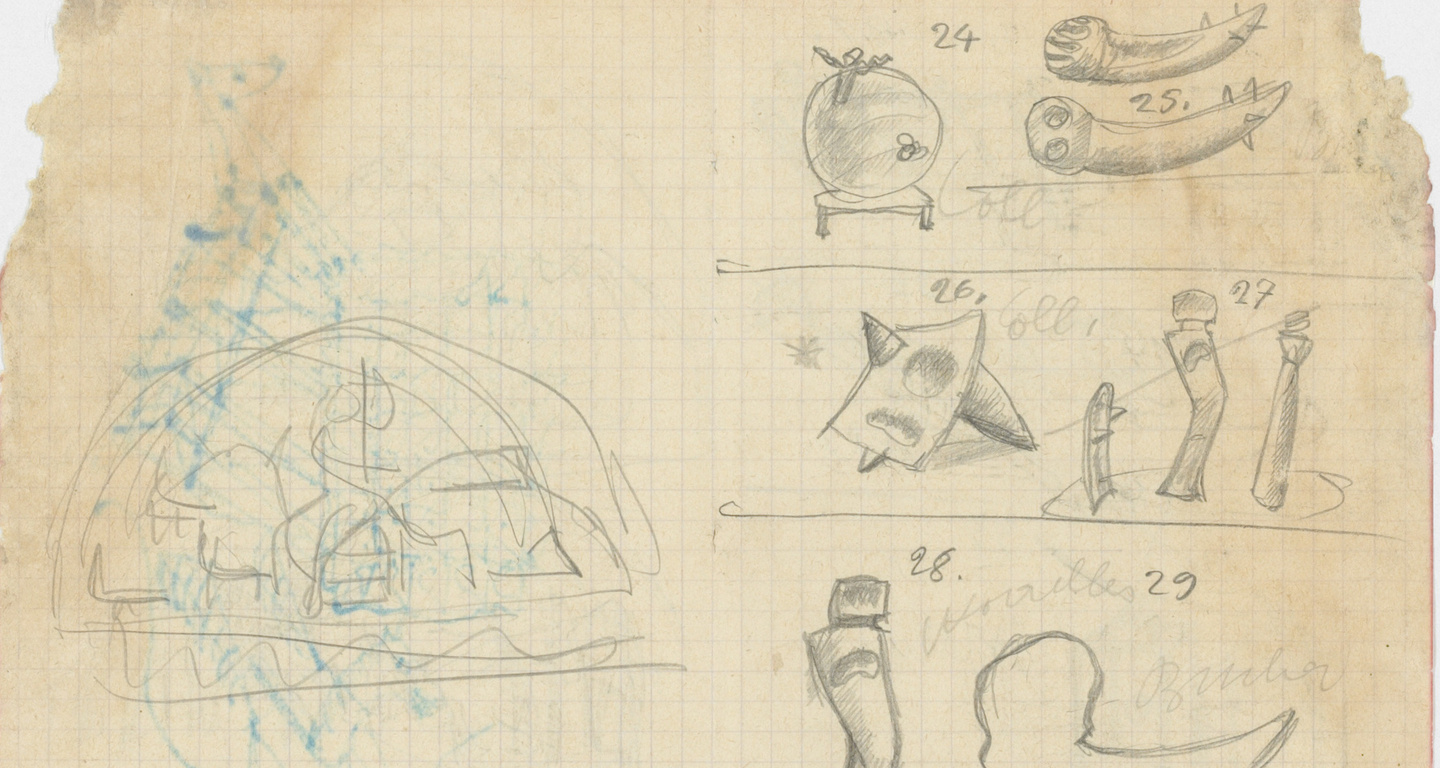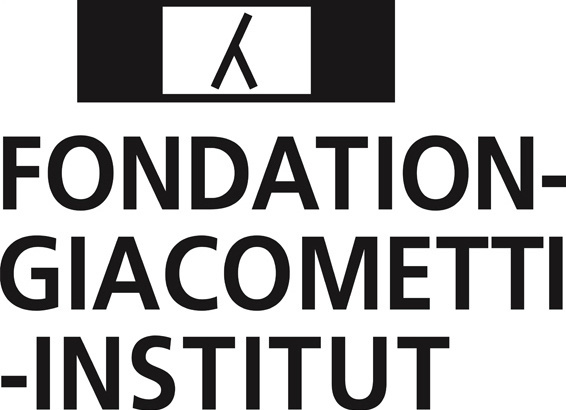

Alberto Giacometti, Croquis du Petit désepéré, des Trois figures, de l'Embryon et d'autres sculptures, 1932, Crayon sur carnet de dessins, 15 x 9,6 cm (fermé) © Fondation Giacometti, Paris
Company, foundation or individual, you can support the activities of the Giacometti Institute
GIACOMETTI FOUNDATION
3 bis cour de Rohan
75006 Paris
+33 1 44 54 52 44


Alberto Giacometti, Croquis du Petit désepéré, des Trois figures, de l'Embryon et d'autres sculptures, 1932, Crayon sur carnet de dessins, 15 x 9,6 cm (fermé) © Fondation Giacometti, Paris

The destiny of works of art is neither linear nor always serene. A blind spot in the reflection on modernity, the disappearance of works is nevertheless a central phenomenon in the creation of the period, in the material history of works of art, and in historiographic reflection. The study day "Lost works" aims to question the reasons for and significance of the different modes of disappearance of works of art in the first half of the 20th century.
Many works of the avant-garde, with Surrealism and Dadaism in mind, may have been abandoned, buried in the hope of being recovered later, destroyed by the artist (voluntarily or involuntarily), vandalized, stolen, and sometimes recreated. The fate of these works, and their various possible reappearances (real, by re-creation, documentaries...) raise many issues that have been linked in the writing of the history of art of the first twentieth century. Several recent works have thus been able to examine these works that disappeared from the modern period (1905-1960). At the crossroads of the individual creative process and the wider consequences of historical events (wars, exile, massive destruction, etc.), the reflection will also focus on the effect produced by the reintroduction of these works into the history of art as it is written.
In several case studies, this day will retrace stories of singular works that test the reflection in art history. The question of disappearance itself, in the variety of its modes of expression, will thus be placed at the heart of a questioning on the modern period. Why and how do works of art disappear? What meaning should be given to their re-creation, accompanied or not by the artists? And what are the consequences, on the scale of a corpus as in the writing of history, of the reintroduction of a work into the corpus of those available to think about the period?
Organisation: Hugo Daniel
Free lectures in French

Program of the day
9:30 am - Welcome
9:50 a.m. - Welcome word
Catherine Grenier, Director of the Giacometti Foundation, Paris, President of the Giacometti Institute
Christian Alandete, Artistic Director of the Giacometti Institute
10:00 am - Introduction
Hugo Daniel, Head of the School of Modernity, Giacometti Institute
10:15 a.m. - 12:00 p.m.
#1. Reflections on the missing works of Alberto Giacometti
By Michèle Kieffer, Head of the Giacometti Committee, Conservation Officer, Giacometti Foundation, Paris
#2. Disappearing in order to come back: "Self-portrait, 1912/1960 by Gino Severini"
By Nathalie Leleu, independent researcher
Moderator: Hugo Daniel, Head of the School of Modernity, Giacometti Institute
2:30pm - 4:00pm
#3. Lost and Found: some surreal disappearances
By Katia Sowels, doctoral student in art history, ENS / University Paris 1 - Panthéon- Sorbonne
#4. Itinerary of a disappeared Dada work: Tatlin at Home by Raoul Hausmann
By Cécile Bargues, art historian
Moderator: Emilie Bouvard, Director of Collections, Giacometti Foundation
4:00 pm - 5:30 pm
#5. Save from oblivion. Factory and devices of posterity in modern art
By Marion Grébert, Doctor of Art History, Giacometti Institute Fellow
#6. Six feet under the ground
By Denys Riout, Honorary Professor of Contemporary Art History, University of Paris 1 - Panthéon - Sorbonne
Moderator: Camille Paulhan, PhD in art history, art critic